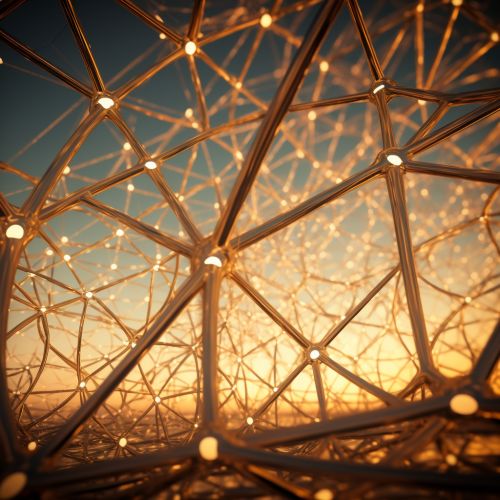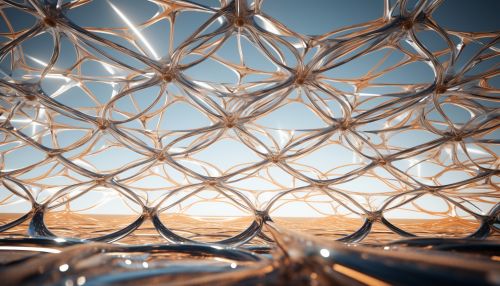Mesh Generation
Introduction
Mesh generation is a critical aspect of computational engineering and applied mathematics, particularly in the field of finite element analysis (FEA), computational fluid dynamics (CFD), and computer graphics. It involves the process of subdividing a spatial domain into smaller, non-overlapping sub-domains, known as elements or cells. These elements collectively form a mesh, which is used to solve complex numerical problems.


Mesh Types
There are primarily two types of meshes: structured and unstructured.
Structured Mesh
A structured mesh is composed of quadrilateral (2D) or hexahedral (3D) elements arranged in a regular grid pattern. The elements share common vertices, edges, and faces, which simplifies the connectivity information and computational algorithms. However, structured meshes are challenging to generate for complex geometries due to their inherent regularity.
Unstructured Mesh
An unstructured mesh, on the other hand, consists of triangular (2D) or tetrahedral (3D) elements. These meshes are more flexible and can easily adapt to complex geometries. However, they require more sophisticated data structures and algorithms for connectivity information and computations.
Mesh Generation Process
The mesh generation process typically involves four main steps: geometry definition, mesh seeding, mesh generation, and mesh refinement.
Geometry Definition
The first step in mesh generation is defining the geometry of the problem domain. This can be done using computer-aided design (CAD) tools or other geometric modeling techniques. The geometry is usually represented as a collection of points, curves, surfaces, and volumes.
Mesh Seeding
Mesh seeding involves distributing points (also known as nodes) within the problem domain. These points serve as the vertices of the mesh elements. The distribution can be uniform or non-uniform, depending on the requirements of the problem.
Mesh Generation
Once the nodes are distributed, the next step is to connect them to form elements, thereby generating the mesh. This is typically done using Delaunay triangulation for 2D meshes and Delaunay tetrahedralization for 3D meshes. Other mesh generation algorithms include advancing front, octree, and grid-based methods.
Mesh Refinement
Mesh refinement is the process of improving the quality of the mesh by adding or removing nodes and elements. This is often necessary to ensure that the mesh accurately represents the problem domain and meets the requirements of the numerical solver.
Mesh Quality
The quality of a mesh is a critical factor in the accuracy and efficiency of the numerical solution. Several criteria are used to assess mesh quality, including element shape, element size, and mesh smoothness.
Element Shape
The shape of the elements is a crucial factor in mesh quality. Ideally, elements should be equiangular or equilateral, as these shapes minimize numerical errors. However, in practice, it is often necessary to use non-ideal shapes to conform to complex geometries.
Element Size
The size of the elements also affects the mesh quality. Smaller elements provide higher resolution and accuracy but increase the computational cost. Therefore, it is common to use adaptive meshing techniques, where the element size varies across the mesh based on the solution's complexity.
Mesh Smoothness
Mesh smoothness refers to the variation in element size and shape across the mesh. A smooth mesh, where the changes in size and shape are gradual, generally leads to better numerical solutions.
Applications
Mesh generation is used in various fields, including engineering, physics, computer graphics, and medical imaging. Some of the key applications are:
Finite Element Analysis
In finite element analysis, mesh generation is used to discretize the problem domain into finite elements. The governing equations are then solved numerically over these elements to obtain the solution.
Computational Fluid Dynamics
In computational fluid dynamics, mesh generation is used to represent the fluid domain. The fluid flow equations are solved over the mesh to predict the flow behavior.
Computer Graphics
In computer graphics, mesh generation is used to create 3D models of objects. These models are then rendered to produce realistic images or animations.
Medical Imaging
In medical imaging, mesh generation is used to create 3D models of anatomical structures from medical images. These models are used for surgical planning, simulation, and education.
